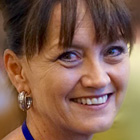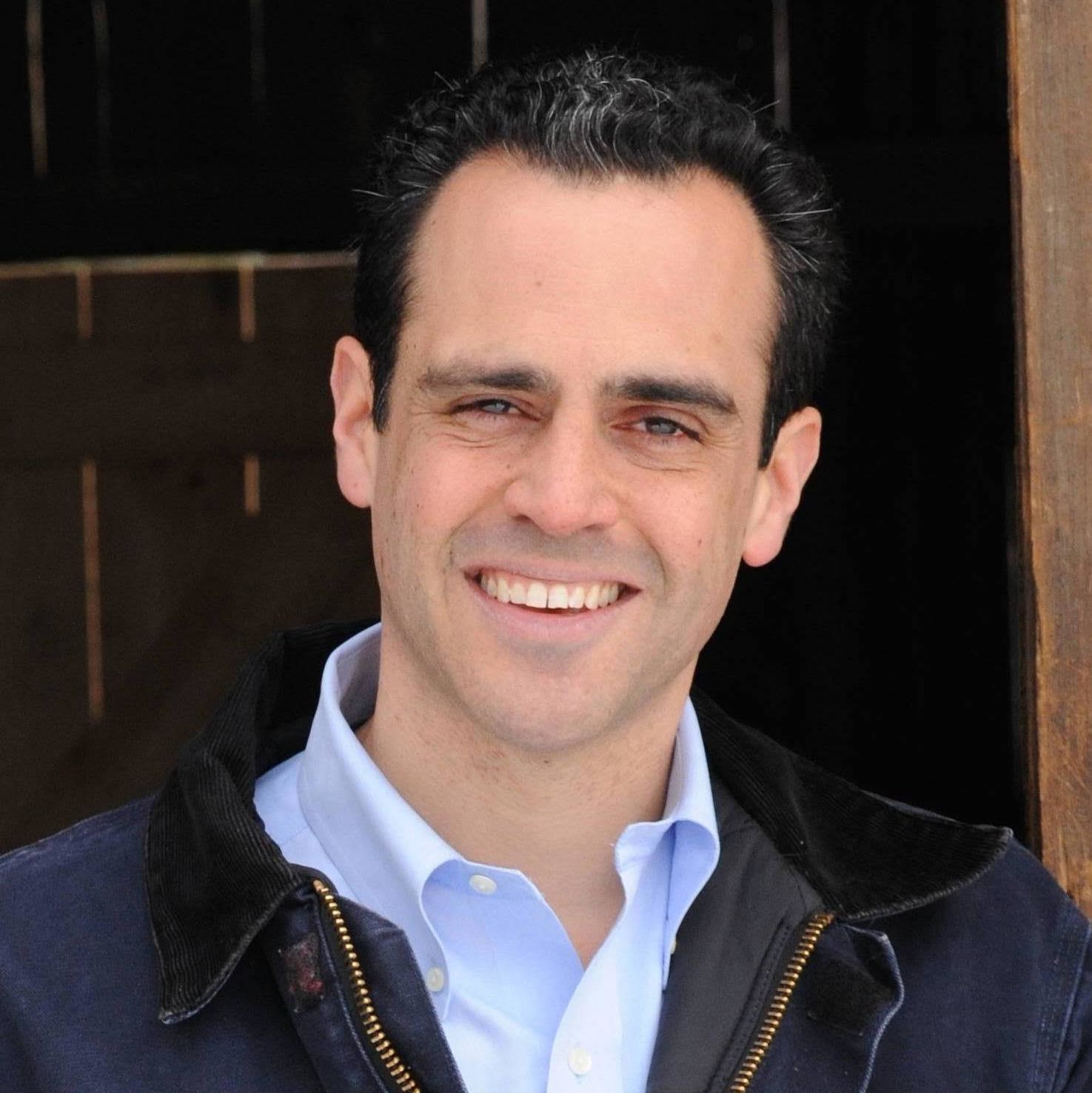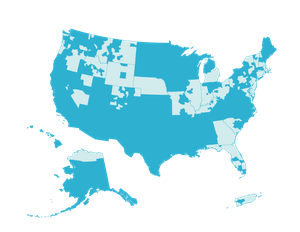In an op-ed for the Daily Yonder, Suzanne Anarde, VP of Rural LISC, and Matt Dunne of the Center on Rural Innovation take aim at pervasive media portrayals of a rural America in hopeless decline (witness a recent New York Times column by Paul Krugman). The challenges are real, they acknowledge, but far from intractable. We must take cues from small towns building innovative local economies, and invest strategically to spark sustainable development and growth in the heartland—for the good of the entire country.
The letter below was originally published on The Daily Yonder:
SPEAK YOUR PIECE: WHAT’S POSSIBLE IN RURAL AMERICA? PLENTY
To paraphrase the famous writer from America’s heartland: reports of rural America’s demise are greatly exaggerated.
Paul Krugman’s recent New York Times column, “Getting Real About Rural America,” would have readers believe that the heartland’s challenges are simply unsolvable. That fatalism is at odds with what we see in our daily work with hundreds of diverse rural communities that are forging a path forward, despite a pervasive urban versus rural dichotomy.
We’re not oblivious to the challenges facing rural economies, and how could we be, with all the ink that’s been spilled highlighting poverty and decline in small towns? While urban and suburban communities have largely bounced back from the 2008 recession, rural places have not replaced the jobs lost, let alone grown their economies. Entrepreneurship has been in decline for decades, even in proportion to population. Traditional industries are leaving, rural populations are aging, and the opioid epidemic is hitting at a staggering rate.
It would be easy to find morbid solace in a version of reality that tells us to abandon all hope and move to the city. Easy, that is, for the privileged and wealthy, who can navigate cities’ extreme housing crises and traffic gridlock. But just because there aren’t easy technical solutions to the challenges in rural America doesn’t mean we shouldn’t tackle them.
So what can be done to help rural America? Let’s start by looking at what rural America is doing to help itself.
When commercial providers failed to bring broadband infrastructure to their community, the people of Wilson, North Carolina, built it themselves. Soon they’ll open a rural innovation hub where entrepreneurs, remote workers, and people learning tech skills will leverage that fiber connectivity as part of Wilson’s growing presence in the digital economy. Independence, Oregon, population 9,250, uses its municipal fiber and farming expertise to pilot cutting-edge agricultural solutions in partnership with tech companies, including Intel. “We’re practical people,” Shawn Irvine, Independence’s economic development chief, recently told us. “We’re interested in solving real-world problems.”
Gigabit-speed internet is increasingly available in rural communities. Census blocks that are home to more than 10 million Americans now have fiber – a distributed workforce equal to the size of San Francisco, Boston, and New York combined. That infrastructure is far more powerful than an unsustainable East German-style cash subsidy program could ever be.
But not all innovation hinges on tech. Rural communities across the country are embracing transitioning and diversifying economies, even as public policy props up dying industries and prevents new ones from flourishing. Communities in the Monongahela National Forest Region in West Virginia are shifting away from resource extraction to a robust outdoor recreation and tourism industry. A local Community Development Financial Institution (CDFI) is helping to identify industry opportunities and connecting residents with targeted technical assistance to spur entrepreneurship. In Appalachian Eastern Kentucky, CDFIs have supported the transition to a sustainable, diverse post-coal economy by helping to grow the small business, creative, and clean energy sectors.
As we “get real” about turning around small-town economies, we must remember that innovation has always been the driving force in rural America. After the last big economic shift in farm automation in the early 20th century, progressive leaders didn’t throw up their hands. They built systems like rural electrification, which ushered in a new era of prosperity and relieved pressure from urban areas that were becoming unlivable. We’re at a similar moment, if we don’t allow big-city condescension to generate false information and policies that stand in the way of communities doing the creative, hard work of building resilient local economies.
There may not be a single answer to reversing rural America’s decline, but it’s a challenge that should cause politicians, economists, and thought leaders to act in partnership with communities to build a distributed economy, which is healthier for the whole country. Instead of the current system, which concentrates resources in too few places and leaves talent on the sidelines, we should learn from small towns engaging in regional economic development strategies that will ensure the promise of the modern era is shared more evenly across the country.
In the meantime, rural people are not waiting to be told what to do. While pundits debate whether there’s a path forward, the people in small-town America are busy rolling up their sleeves, working together to leverage resources, and trying new approaches to building businesses and community. That’s the American way.
 ABOUT THE AUTHOR
ABOUT THE AUTHOR
Suzanne Anarde, Program Vice President for Rural LISC
Suzanne has served as program vice president for Rural LISC since 2013. Drawing on her more than 25 years of experience in the field, she leads a team that provides financial support, training and technical assistance to help community developers address the unique challenges of rural revitalization.
 Matt Dunne, Founder & Executive Director of Center on Rural Innovation
Matt Dunne, Founder & Executive Director of Center on Rural Innovation
Matt served 11 years in the Vermont House and Senate, enacting the state’s first broadband grants, brownfields revitalization funding, and downtown redevelopment program. In 1999 Matt was appointed director of AmeriCorps*VISTA under President Clinton, where he led PowerUp, one of the first national efforts to bridge the digital divide, and launched an Entrepreneur Corps to focus on micro-finance in high-need communities. In 2007, he started Google’s Community Affairs division where he led all local US philanthropy and engagement. Matt has a BA from Brown University, and also holds an appointment at the MIT Media Lab. He is a lifelong Vermonter who lives on the 100 acre farm where he was raised.
